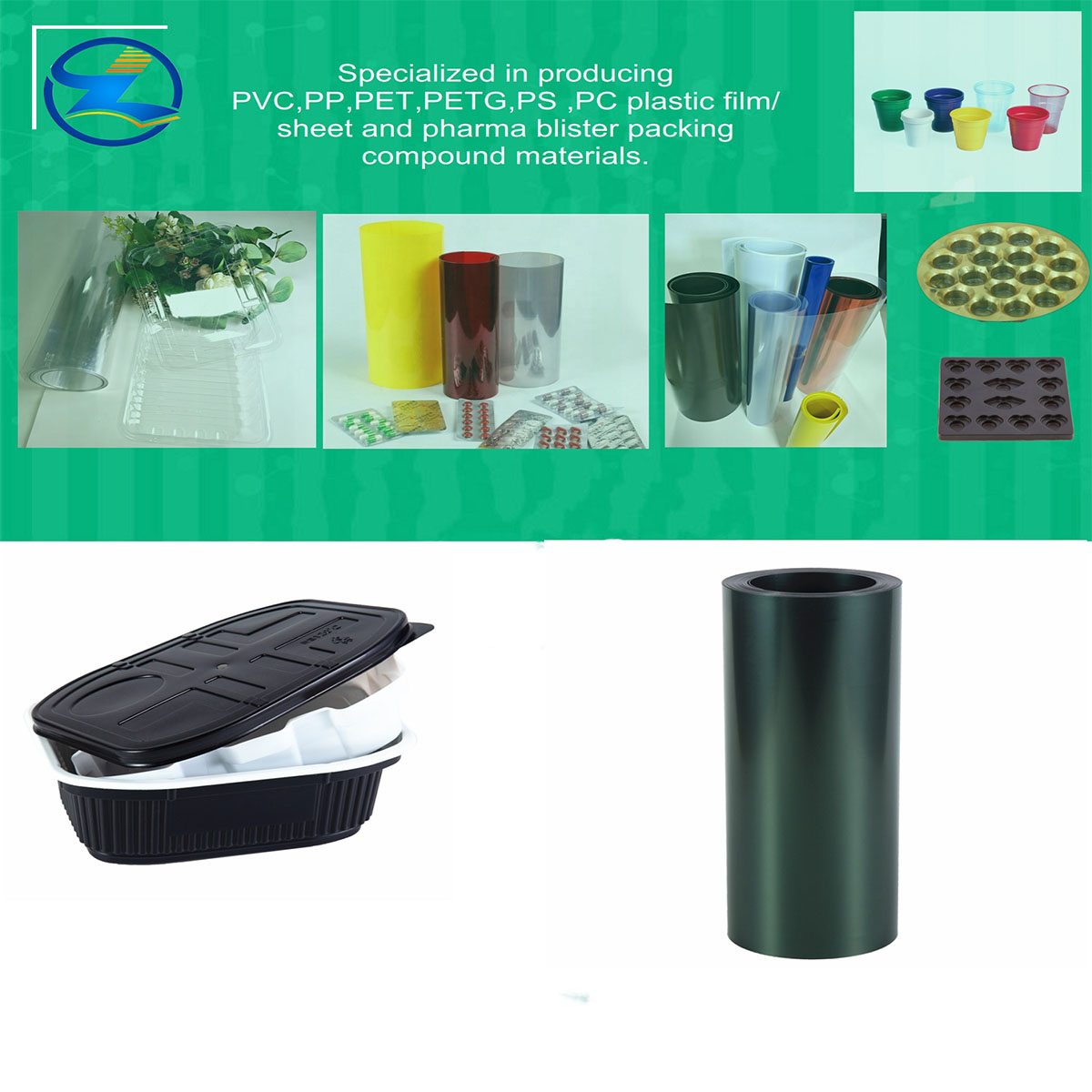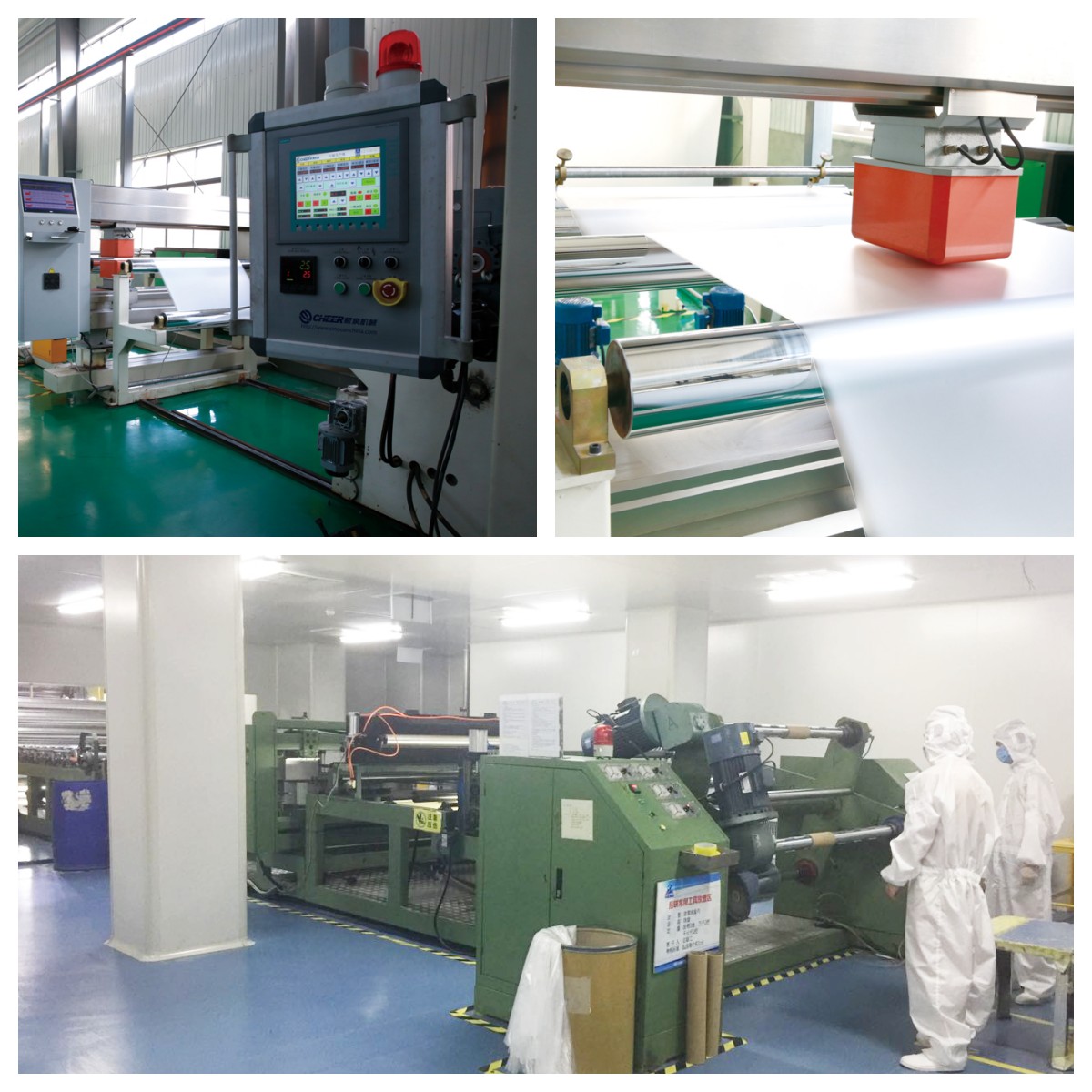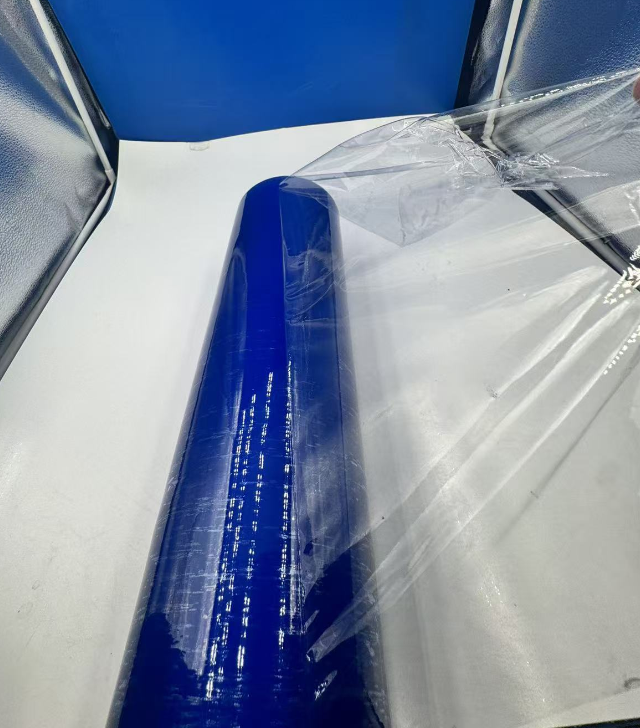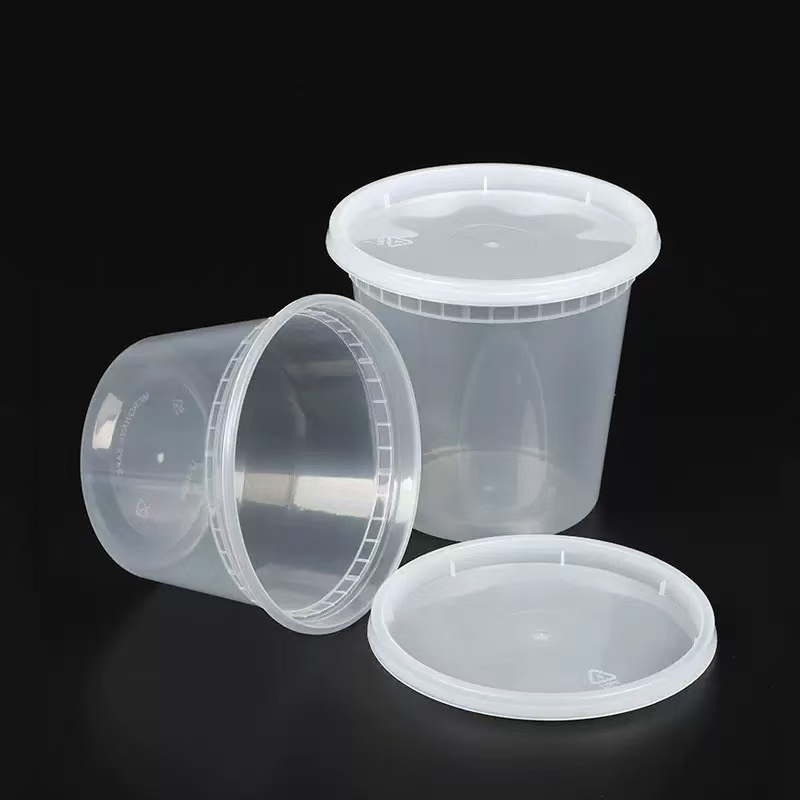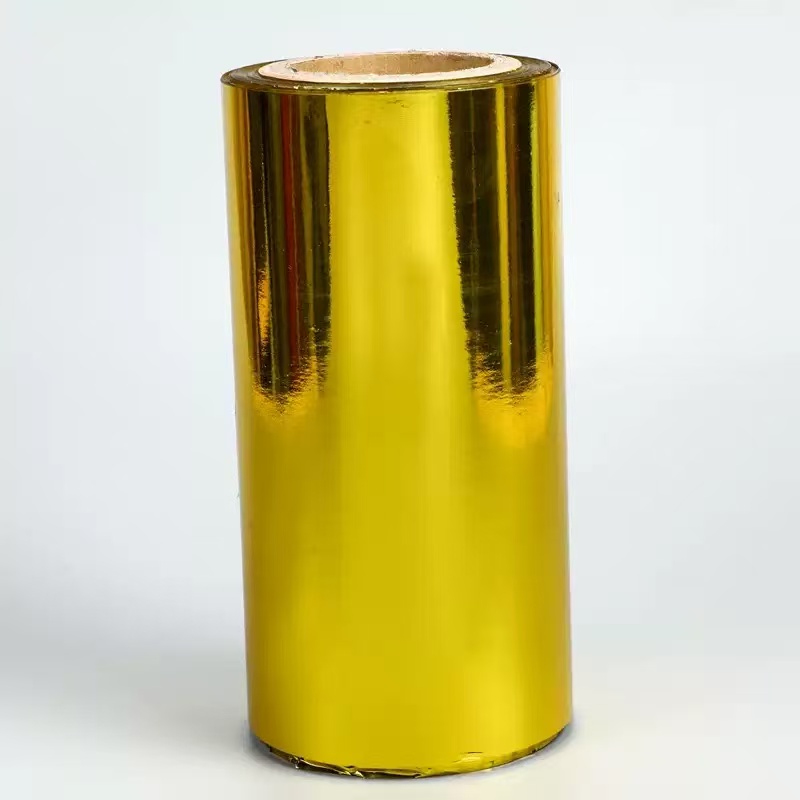
1mm white opaque polypropylene sheet with evoh
1.2mm white opaque polypropylene sheet with high EVOH barrier properties, used for thermoforming dairy product packaging
1mm thick white opaque EVOH high-barrier polypropylene (PP) sheet, typically made using a PP/EVOH/PP multilayer co-extrusion process (EVOH barrier layer sandwiched in the middle, protected by PP layers
- top leader plastic
- China
- 16 business days
- 200 tons/month
- Information
1.2mm white opaque polypropylene sheet with high EVOH barrier properties, used for thermoforming dairy product packaging
1mm thick white opaque EVOH high-barrier polypropylene (PP) sheet, typically made using a PP/EVOH/PP multilayer co-extrusion process (EVOH barrier layer sandwiched in the middle, protected by PP layers on both sides). This combines the heat resistance and easy thermoforming advantages of PP with the excellent oxygen and moisture barrier properties of EVOH, precisely matching the core requirements of yogurt packaging for freshness preservation, shaping, and safety. The following details its structural characteristics, core value in adapting to yogurt packaging, key points of thermoforming process, and selection and usage guidelines: Core Structure and Performance: Balancing Barrier Properties and Practicality
Multilayer Composite Structure Design: This sheet is not a single material but a composite structure made through co-extrusion technology. A typical structure is "outer white PP + adhesive layer + EVOH barrier layer + adhesive layer + inner PP". The outer 1mm thick white opaque PP layer blocks light, preventing yogurt from spoiling due to UV exposure, while also providing good rigidity. The middle EVOH layer is the core barrier layer, with extremely low oxygen permeability, far superior to pure PP material, effectively blocking oxygen and water vapor penetration. The adhesive layers on both sides ensure a tight bond between the EVOH and PP, preventing delamination during thermoforming or use.
Key performance characteristics suitable for yogurt packaging: First, it is safe and non-toxic. Neither PP nor EVOH requires added plasticizers, meeting food packaging safety standards and posing no risk in direct contact with yogurt. Second, it is temperature-resistant and suitable for cold chain environments, withstanding temperatures ranging from -20℃ to 120℃, meeting the needs of yogurt refrigeration and withstanding the brief high temperatures after pasteurization. Third, it has reliable mechanical strength. A 1mm thickness ensures that the thermoformed yogurt container is not easily deformed or damaged, and it also has a certain degree of puncture resistance, preventing leakage during transportation. Fourth, it is environmentally friendly and recyclable. Scrap materials and discarded packaging can be recycled and reprocessed, aligning with the environmental trend in food packaging.
The core value of yogurt packaging: Extended shelf life: Yogurt is rich in probiotics and is extremely sensitive to oxygen. Oxygen intrusion easily leads to bacterial spoilage and a sour taste. The EVOH layer blocks external oxygen from entering while locking in moisture and yogurt flavor. Compared to ordinary PP packaging, it extends the shelf life of yogurt from 3-7 days to 15-30 days, making it especially suitable for room-temperature or cold-chain yogurt requiring long-distance transportation.
Ensuring Appearance and User Experience: The white, opaque exterior conceals any traces of whey separation that may occur during yogurt storage, keeping the packaging clean and aesthetically pleasing. The 1mm thickness ensures the thermoformed yogurt container is sturdy and easy to stack, making it convenient for consumers to handle and solve the problem of thin packaging collapsing easily.
Suitable for Multiple Packaging Forms: It can be thermoformed into various yogurt packaging styles such as cups, boxes, and trays. It can meet the needs of small single-serving yogurt containers as well as large-capacity yogurt trays for family use, adapting to different consumption scenarios. The good sealing after molding effectively prevents yogurt leakage.
Preferred Co-extrusion Process Products: When purchasing, confirm that the sheet is made using a co-extrusion process, not a later-stage lamination process. Co-extruded products have no residual solvents, resulting in stronger adhesion and a more uniform barrier layer distribution, superior to sheets bonded with adhesives. Suppliers can be requested to provide barrier performance test reports to ensure oxygen and water vapor transmission rates meet standards.
Pay attention to the safety of white pigments: The opaque white color comes from food-grade titanium dioxide and other pigments. It is necessary to verify that the pigments meet food contact additive standards to prevent pigment migration and contamination of yogurt.
Within 15-20 days after received payment...more









